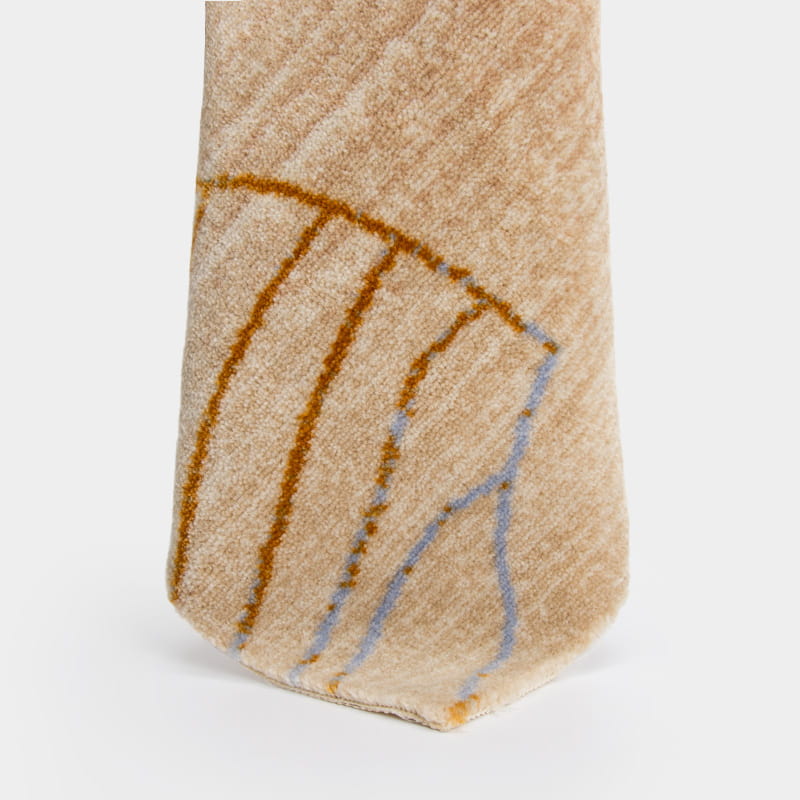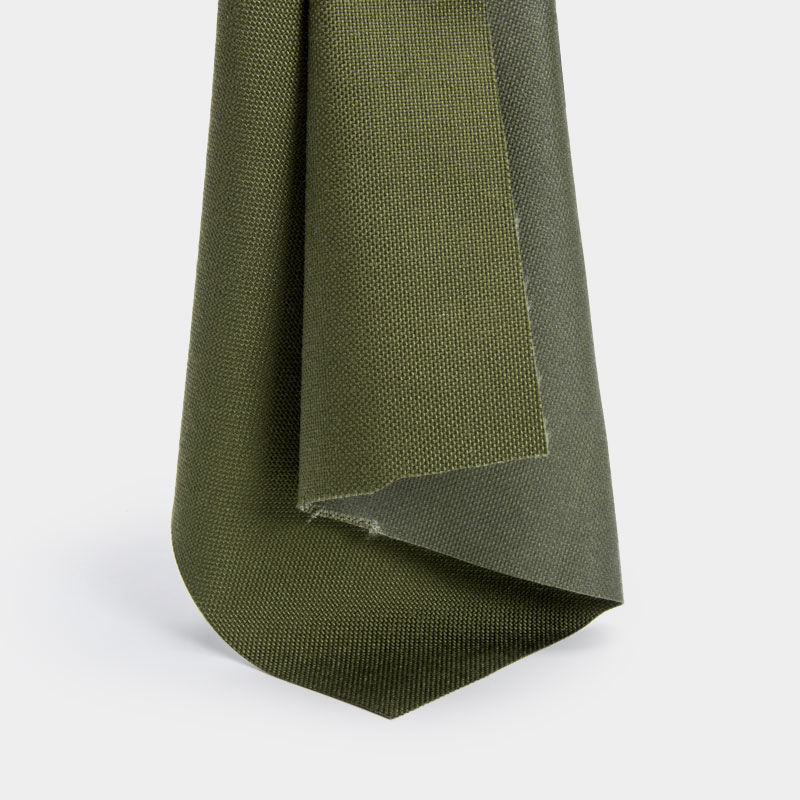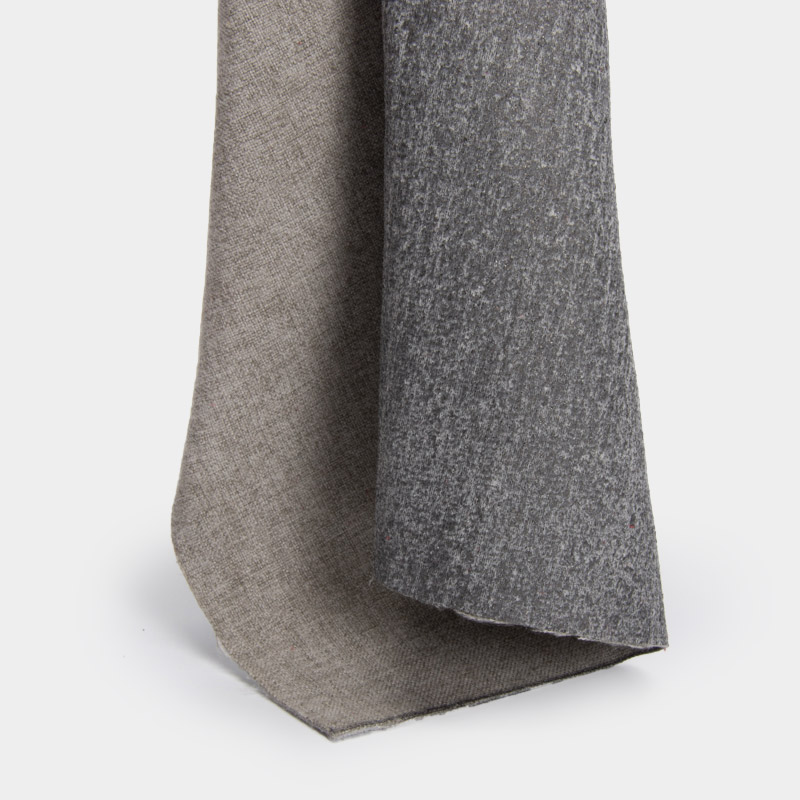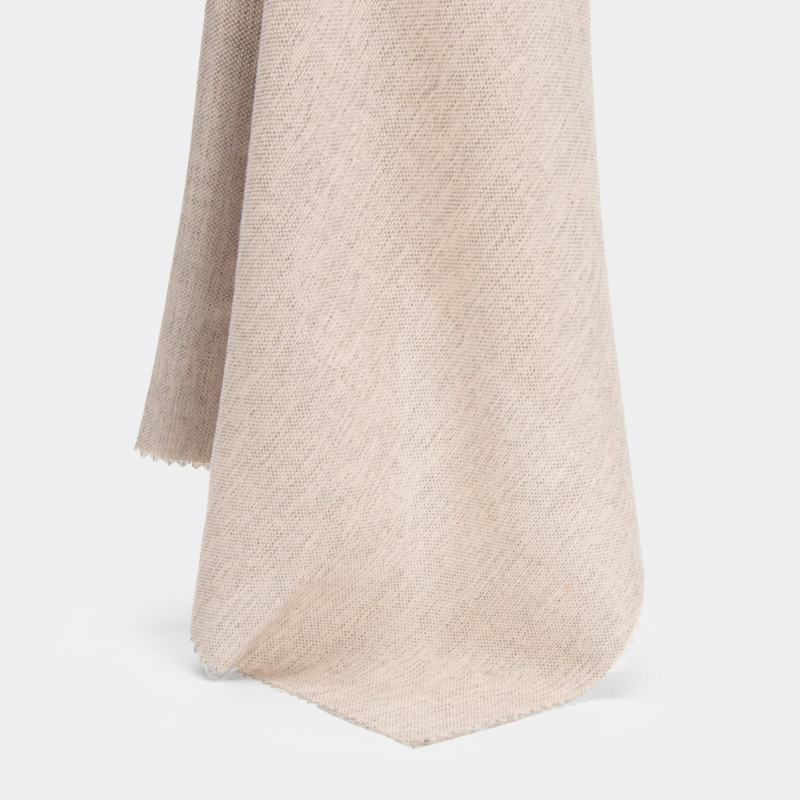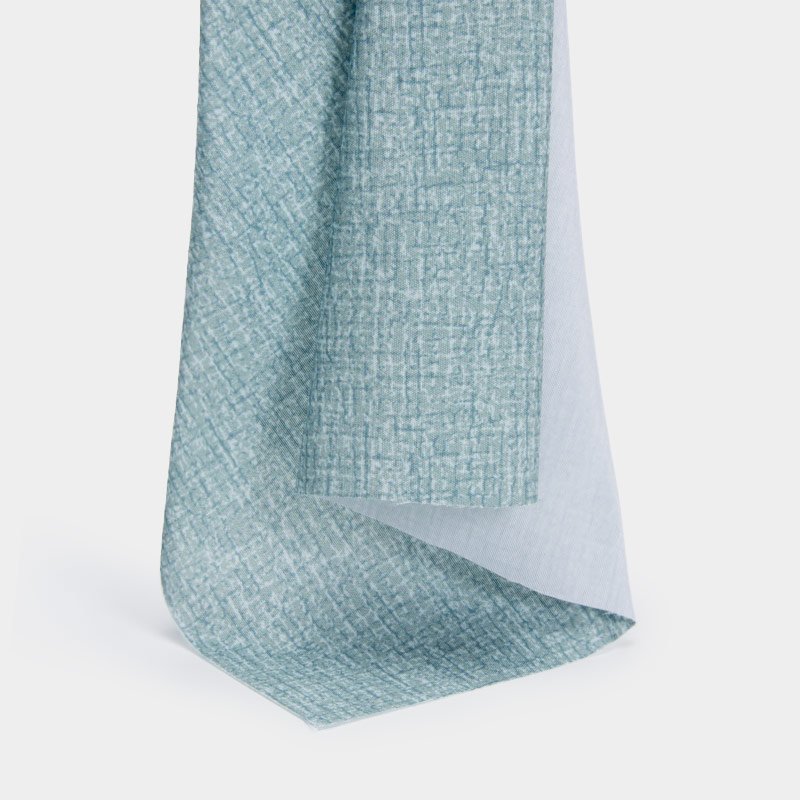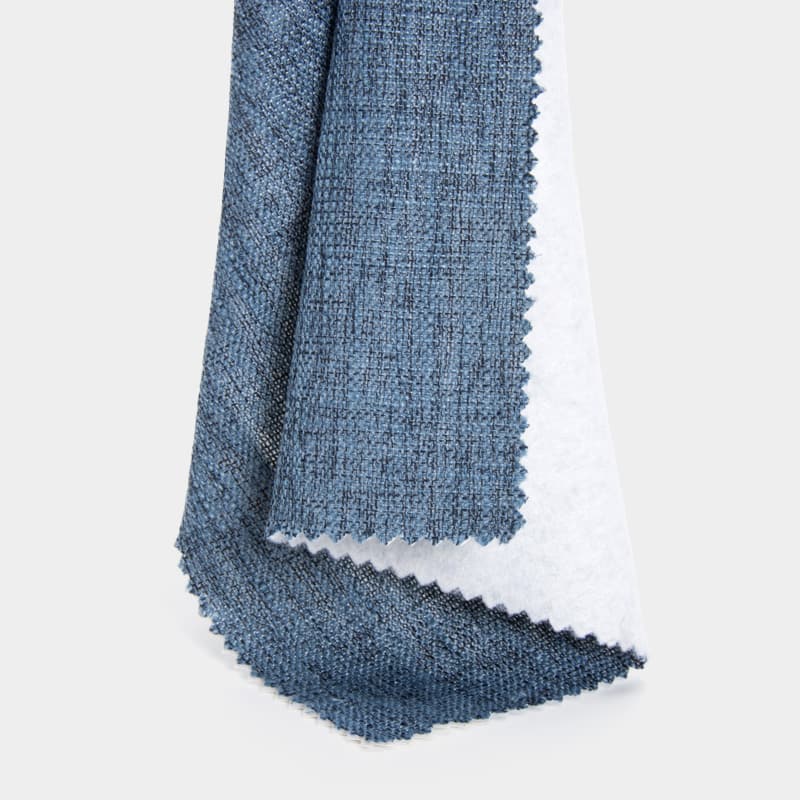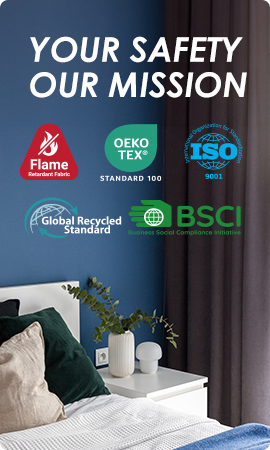Flame Retardant Blankets in Hospitality and Healthcare: Enhancing Fire Safety Standards
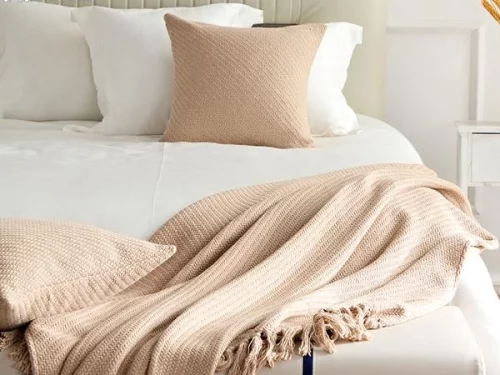
Flame retardant (FR) blankets are essential in environments with fire risks, such as hotels and healthcare facilities. These blankets help prevent the spread of fire, providing added safety for guests, patients, and staff.
Flame Retardant Blankets: Overview and Importance in Fire Safety
Flame retardant blankets are made from fabrics such as chenille, fleece, waffle weave, and cellular materials. Chenille and fleece provide thermal insulation and are used in guest rooms and public areas. Cellular blankets, with a density of 180–220 gsm, are breathable and used in hospital wards and emergency transport. And It can maintain performance after 25–30 industrial wash cycles.
In firefighting and emergency response, flame retardant blankets are used to wrap patients, shield against heat sources, or cover exposed equipment. In vehicles, they are applied around battery compartments or engine zones to contain thermal incidents. In industrial settings, they are used to cover electrical cabinets, transformers, or hot machinery surfaces during maintenance. In households, they are used near gas stoves, heaters, or fuse boxes to reduce fire risk.
Relevant standards include EN 1869 for fire blankets, NFPA 701 for flame propagation in textiles, and UL 94 for material flammability classification. These standards evaluate ignition time, flame spread, and heat resistance under defined conditions.
How Flame Retardant Blankets Work in Fire Safety
Flame retardant blankets use fabrics treated with flame-retardant chemicals or made from inherently flame-resistant fibers. Common materials include polyester, cotton/nylon blends, Nomex, and Proban-treated cotton. Chemically treated fabrics lose their fire resistance after repeated washing, while inherently flame-resistant fabrics maintain performance throughout their lifespan.
Molton fabric, typically 300–400 gsm, is used for its density and low flammability. It is suitable for applications such as curtains, blackout panels, and protective coverings in high-risk areas. Proban-treated cotton blends are commonly used for blankets, bedding, and upholstery, with flame resistance tested up to 25 industrial wash cycles (ISO 15797).
These fabrics are tested against standards such as BS 5867 Part 2 Type B, which requires self-extinguishing within 10 seconds and no flaming droplets. In hotels, flame retardant tablecloths and curtain fabrics are used in dining areas and public spaces to reduce ignition risk from open flames or heat sources while meeting local fire code requirements.

Flame Retardant Standards and Compliance in Hotels and Healthcare
To ensure safety, flame-retardant fabrics must meet fire safety standards, such as NFPA 701 in the U.S. and BS 7175 in the UK. These standards test how quickly a fabric ignites, whether it continues burning after flame exposure, and the amount of smoke produced. BEGOODTEX products meet or exceed these standards, ensuring we provide reliable fire protection in hotels and healthcare facilities.
Here are the relevant flame retardant standards results, outlining the certification process and safety requirements.
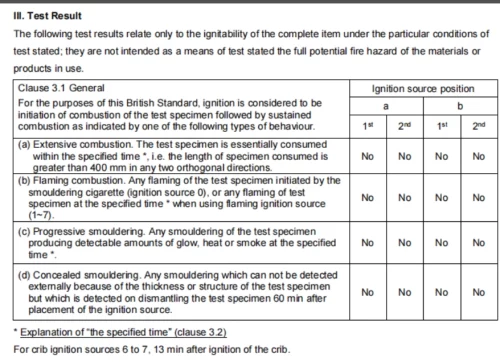
In the UK, fire retardant fabric UK regulations ensure that fabrics used in hotels and healthcare settings meet the required safety standards for flame resistance. Whether it’s curtains for pubs or linens in a hospital room, adhering to these regulations guarantees that materials are safe and comply with fire safety laws.
BEGOODTEX provides flame retardant blankets to many places, so we have passed many different standards for different region, you can check below:
| Region | Standards | Examples of Standards |
| United States | NFPA 701 | Flame propagation test for textiles |
| Europe | BS 7175, EN 13501 | Flammability and fire performance evaluation |
| Japan | JIS L 1091 | Testing for flame resistance in fabrics |
| China | GB 8965 | Fire resistance for textiles and materials |
Benefits of Flame Retardant Blankets in Hotel Environments
In hotels, flame retardant blankets are used in guest rooms, suites, lobbies, and lounges, where high fabric usage and frequent occupancy increase fire risk. Many countries require certified flame-retardant textiles, and hotels must comply with standards like BS 7175 and EN 13501 during regular fire inspections.
Common issues include blankets losing flame resistance after repeated washing, failing to meet inspection requirements, or using fabrics that are uncomfortable or prone to wear. These problems affect both safety compliance and guest satisfaction.
BEGOODTEX provides cotton blend blankets with a weight of 280–350gsm, tested to maintain flame resistance after 25 industrial wash cycles (ISO 15797). All products meet Crib 5 under BS 7175, helping hotels stay compliant while ensuring functional performance in daily use.
Enhancing Patient Safety in Healthcare Facilities
In hospitals, high-risk zones like oxygen therapy wards, neonatal ICUs, and burn units require fire-resistant blankets as part of their emergency response equipment. BEGOODTEX supplies Proban-treated cotton blankets that resist ignition even in oxygen-rich environments. These blankets are tested to endure 25–30 industrial wash cycles under ISO 15797 conditions, ensuring long-term flame-retardant effectiveness even with frequent hospital laundering protocols.
BEGOODTEX flame retardant blankets have been widely adopted by healthcare networks across Europe and Southeast Asia, and meet international fire safety standards such as JIS L 1091 (Japan) and GB 8965 (China). To further support infection control in sensitive medical settings, BEGOODTEX also offers dual-treated fabrics that combine flame resistance with antibacterial properties, making them ideal for patients with compromised immune systems.
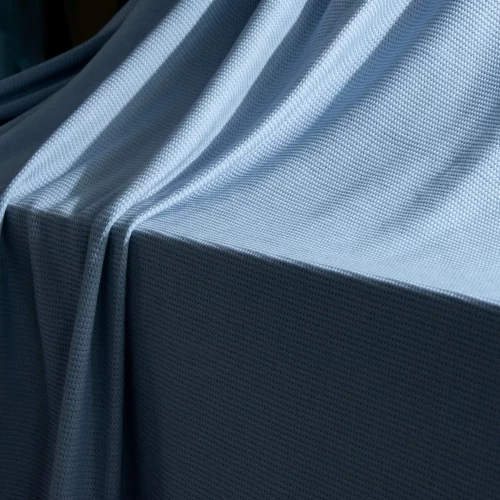
Why BEGOODTEX Flame Retardant Blankets Are Essential for Hospitality and Healthcare
Flame-retardant blankets are essential for enhancing fire safety in hotels and healthcare facilities. BEGOODTEX, with its advanced technology, high-quality products, and rich industry experience, continues to provide effective and reliable fire protection solutions to the global market. We offers a wide range of customized fabrics designed to meet diverse needs, including fire-resistant, antibacterial, waterproof, and light-blocking options. BEGOODTEX also offers high-performance flame retardant fabric Amazon quality that guarantees long-lasting fire safety solutions.
Additionally, BEGOODTEX provides samples for customer evaluation and ensures a quick turnaround on orders, making it a trusted partner for businesses looking to enhance their fire safety standards. BEGOODTEX’s commitment to excellence ensures that customers receive flame resistant definition products that offer superior protection and peace of mind in every setting.
FAQ
Q: What are the key benefits of using flame retardant blankets in hotels and healthcare?
A: Flame retardant blankets provide added safety by preventing the spread of flames in case of a fire. They help reduce the risk of fire-related injuries and provide extra time for evacuation, making them essential for both guest and patient safety.
Q: How do flame retardant blankets compare to regular blankets in terms of fire safety?
A: Unlike regular blankets, flame retardant blankets are designed to resist ignition and prevent the spread of flames. This is achieved through special treatments or the use of inherently flame-resistant fabrics, making them much safer in fire-prone environments.
Q: Are flame retardant blankets comfortable to use in hotels and healthcare settings?
A: Yes, flame retardant blankets are designed to be both safe and comfortable. Materials like chenille, fleece, and cellular fabrics provide softness and breathability, ensuring comfort for guests and patients while offering fire safety benefits.

